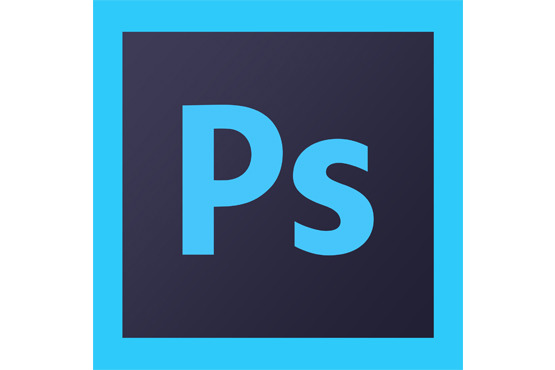
Blog . Super Simple, Super Secret Photoshop Tricks
Blog
Super Simple, Super Secret Photoshop Tricks
10/06/14 | Posted by | Posted in Digital Creativity
A few days ago I learned a few new tricks in Photoshop. These tricks are pretty simple and may not seem like much, but if you didn’t know they existed (like me), then they’re more than likely going to help you out a lot.
Clipping Masks
Let’s talk about clipping masks. Clipping masks let you edit only what is on the layer directly below it. This is helpful if you don’t want to accidentally edit layers below, or if you only want to recolor the contents of a layer. To create a clipping mask, make a new layer and be sure it is right above the layer you want to edit. Now you can right-click/control click the layer and choose “Create Clipping Mask” in the list. You can also hold alt/option and click in-between your new layer and the layer underneath to create the clipping mask. Now, if you work on your new layer, you will only be able to edit what is on the layer directly beneath it. I used this to make my orange elephant green.
Drawing Straight Lines
Another simple trick I learned is that holding shift when using the brush/pencil/shape tools will force the tool to make a straight line. Photoshop will still recognize pressure sensitivity. It’s a simple trick, but pretty cool.
Quick Rotation
If you don’t have a tablet, or if your tablet does not have a rotate canvas option, pressing the “r” key will rotate the canvas. Now you won’t have to go out of your way to the menus when you need to rotate your image around.
Your Own Keyboard Shortcuts
Finally, most people may already know this, but I think this is important to mention. You are able to create your own keyboard shortcuts by going up to the menu and clicking:
Edit>Keyboard Shortcuts
A new window will pop up with a list of all the options to choose from. To add a shortcut to a function that you use often, or feel deserves its own shortcut, the first step is to find what menu it would be under.
After you’ve clicked where your function is located, you should see a list that looks similar to the list that appears when you normally click that function. Now find the tool you wish to add a shortcut to and click on it.
A tiny textbox will appear next to it. Simply think of a key combination that you will remember, or one that makes sense to you. Enter your key shortcut into the textbox (don’t worry that nothing shows up while you are entering your shortcut, when you’re completely finished is when it will show up).
The shortcut will either be accepted or the program may tell you that your shortcut already exists. What’s nice about this is that you can’t accidentally overwrite any shortcuts that already exist. If you want to try another shortcut, go ahead and click “Undo Changes” and try again.
If you wish to keep your shortcut and don’t mind that you will be overwriting another, go ahead and click “Accept and Go to Conflict.” Upon doing so, your shortcut will be saved and the window will take you to the function that your new shortcut just replaced. You may enter a new shortcut for what you have replaced, or you may disregard replacing the shortcut and resume your endeavors.
Parting Message
These are simple tricks that go a long way. I’ve already benefited greatly from these tips in just the past few days, and hopefully you will too.
Now get out there and go art some more.
-
Comments
0

- Tweet

